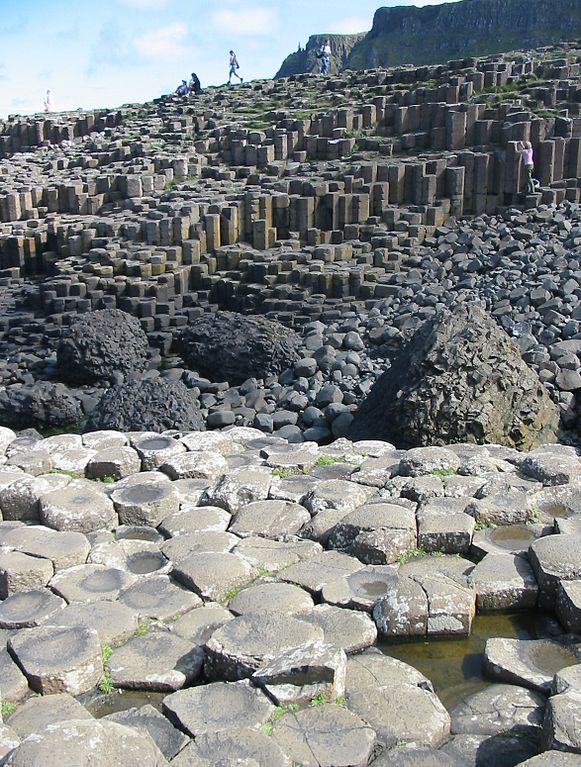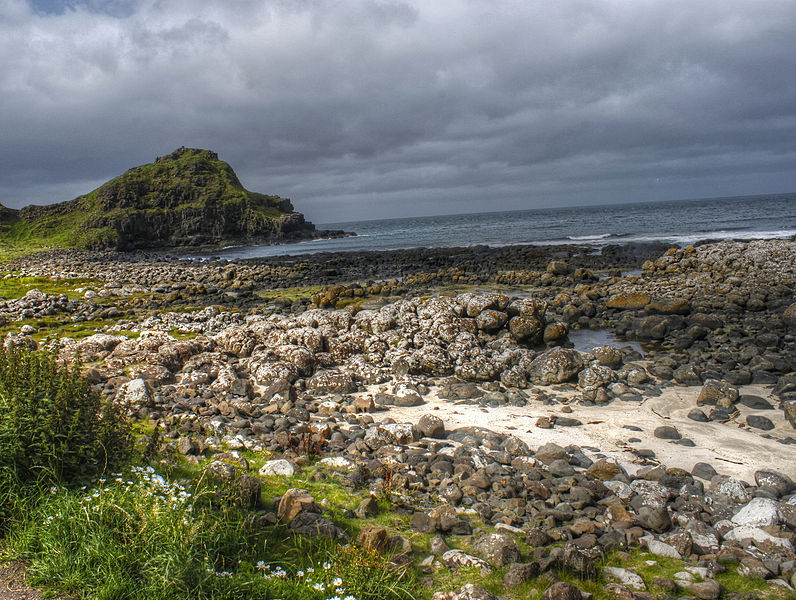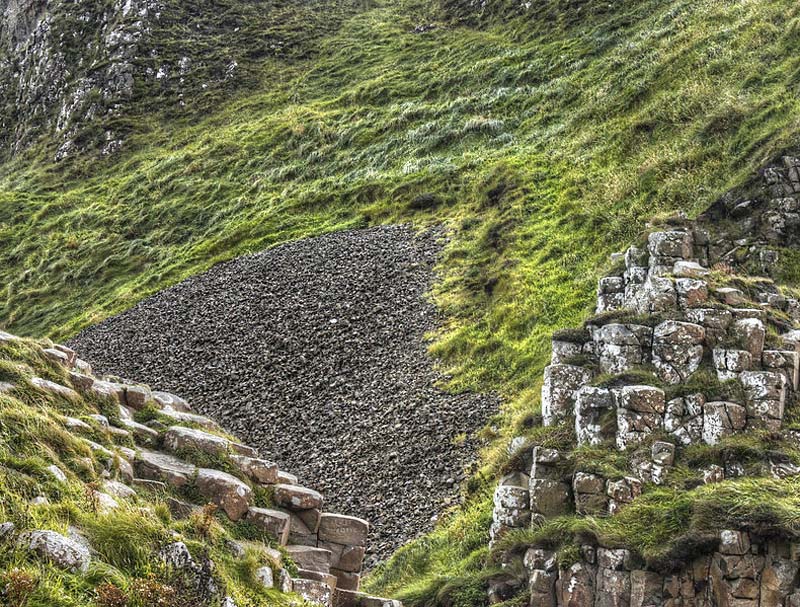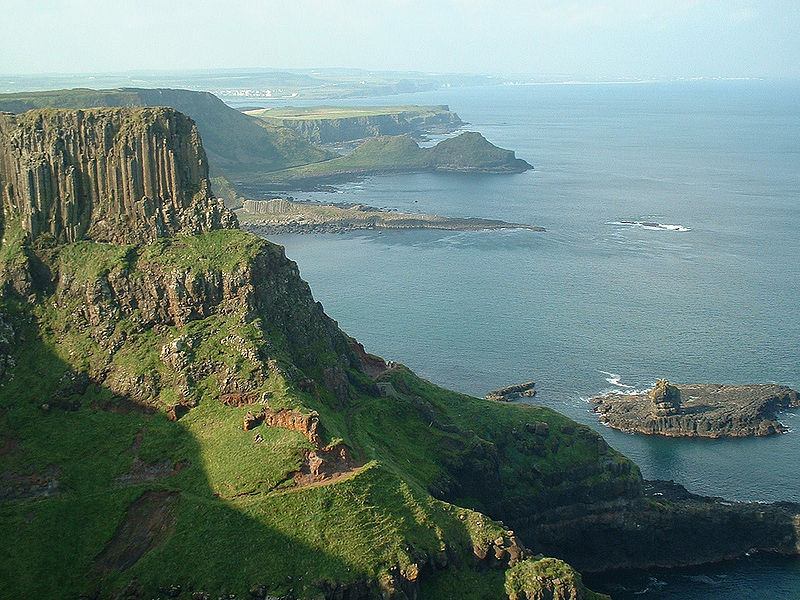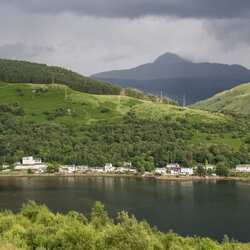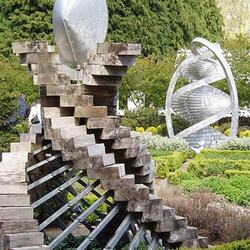Giant's Causeway
The Road of the Giants, the Path of the Giant, as well as the Bridge of the Giants, all these names belong to the same area, which is located in Ireland. It is an amazing landscape, which is formed by numerous basalt pillars that go more than a hundred meters into the sea. These huge hexagonal pillars are buried about 11 meters deep and stand very close to each other.
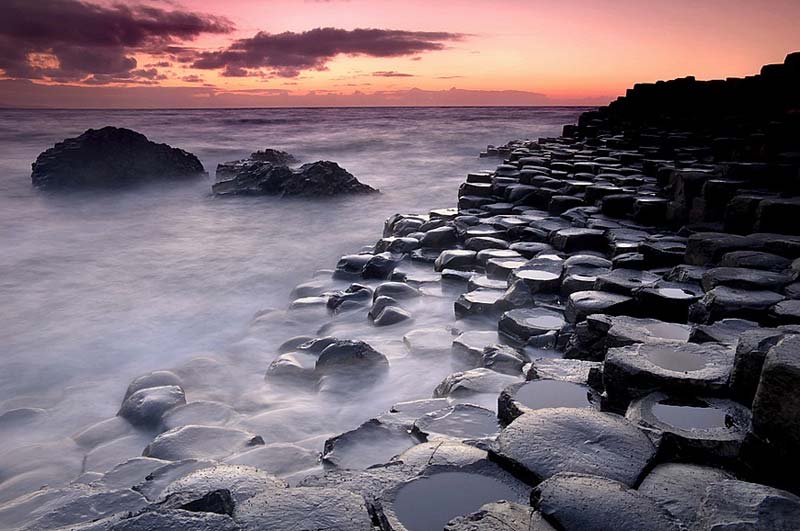
There are about 40 thousand amazing stone formations here, which, at first glance, seem to be a solid monolith.
The so-called bridge of giants was formed as a result of a volcanic eruption. About 20 million years ago, there was a whole chain of volcanoes in this country, which had a very high temperature at their very base. Even very hard rocks, to which basalt belongs, melted from this temperature. Lava from the basalt ran down to the sea in a powerful stream, where it cracked apart as it cooled. These cracks transformed the monolith from lava into multi-faceted pillars, which mostly have six faces. Among the numerous pillars of solidified lava, some were pushed out slightly higher than the rest, which look like stepped jumps that go down to the sea.
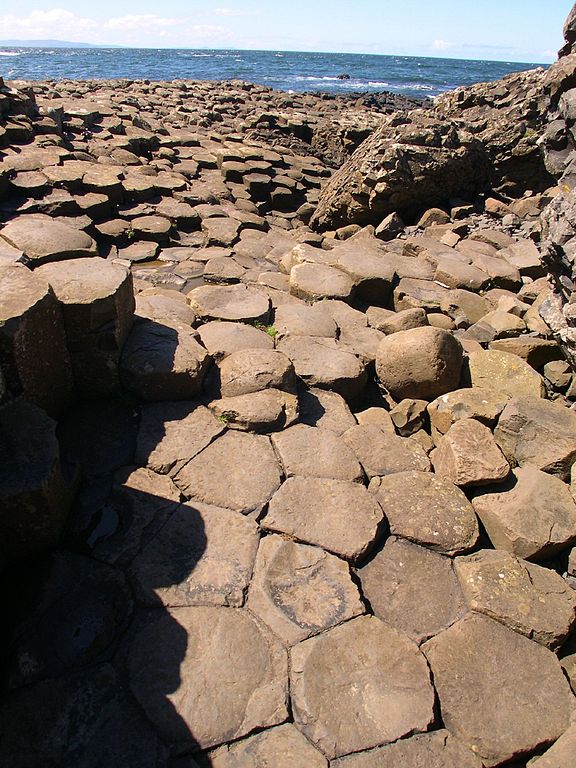
The Causeway Coast, along with the Giant's Causeway, has been owned by Unesco since 1986. In 1987, this area was declared a protected area of Northern Ireland.
There is a legend here that gave its name to the Pavement of Giants. It's about a giant named Finn McCool, who tried to pave a path across the sea by driving in columns of basalt one by one. After building the ferry, the tired giant lay down to rest, and when he fell asleep, his enemy, the giant from the opposite shore, took and partially dismantled the road.
Modern tourists are satisfied with both the natural version of the road formation and the legendary one. After all, no matter how it was formed, the Giant's Causeway is very popular among the attractions of Northern Ireland.
